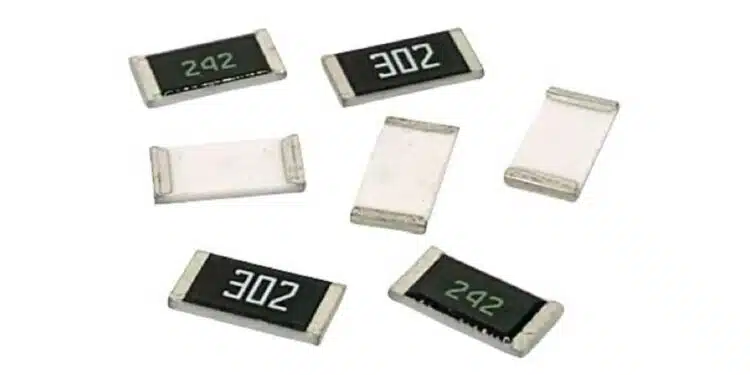Stackpole Electronics Inc. has expanded its RNCV series of automotive-grade high-voltage thin-film chip resistors to include 10 ppm and 15 ppm TCR options.
These resistors are designed for high-voltage applications that demand exceptional accuracy for voltage division, monitoring, and control.
The RNCV series boasts remarkable VCR stability, ensuring precision in demanding environments with a tolerance of less than +/- 1.5 ppm per volt.
The thin-film technology employed in the RNCV series guarantees remarkable electrical and environmental stability, exhibiting minimal resistance shifts during industry-standard tests such as load life, damp heat with load, temperature cycling, and short-time overload. Moreover, the materials and structure are resistant to sulfur corrosion.
These high-precision resistors are well-suited for a diverse range of applications, including high-voltage power supplies, voltage dividers, medical equipment such as patient monitoring and medical imaging, instrumentation, defibrillators, and various test and analysis systems.
Features:
- High operating voltage up to 1000 V
- Low voltage coefficient < 1.5 ppm/V
- Superior moisture resistivity (85°C, 85% RH)
- Anti-sulfur per ASTM-B-809-95
- RoHS compliant, REACH compliant, lead free, and halogen free
- AEC-Q200 qualified































